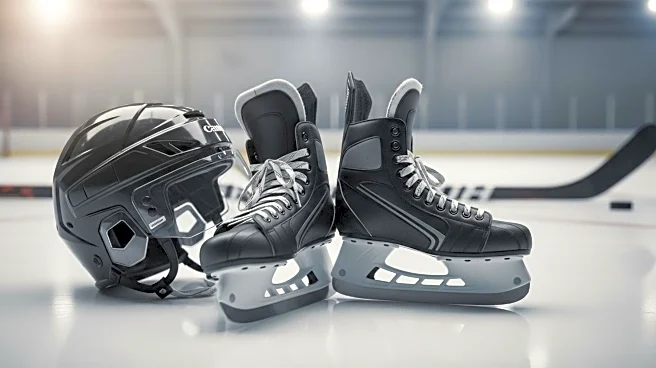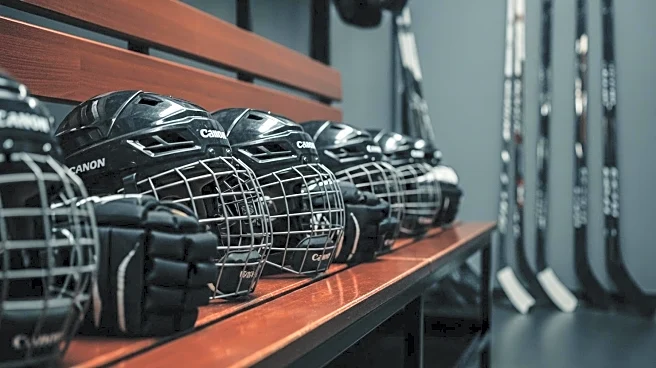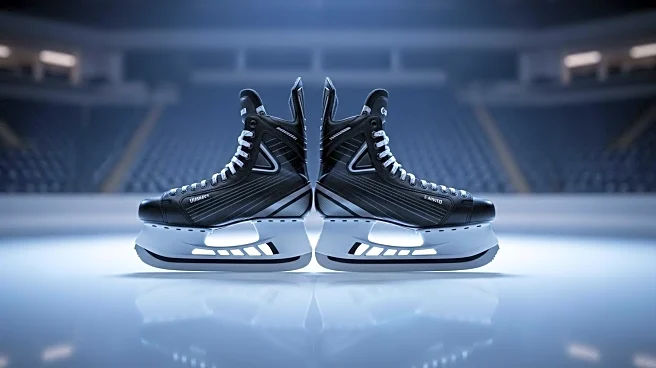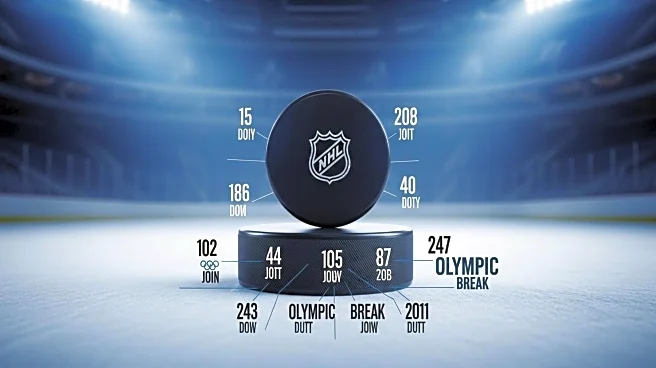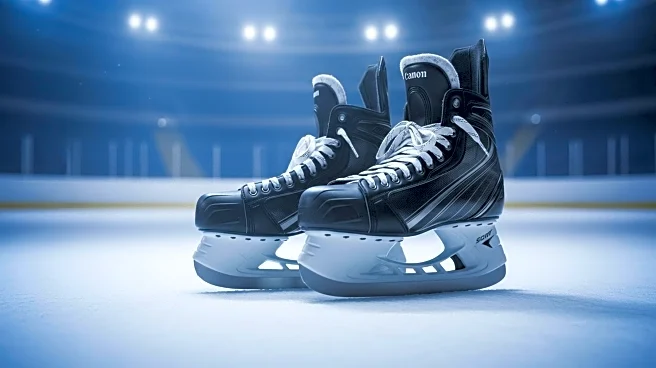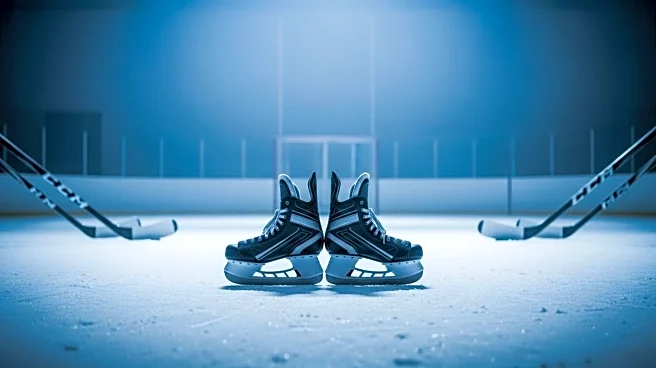What's Happening?
The National Hockey League (NHL) is set to begin its 2025-26 regular season with several rule changes following a new collective bargaining agreement (CBA) with the NHL Players' Association. The most significant changes include the expansion to an 84-game season, which will take effect next year, and adjustments to maximum contract lengths. Starting next season, contracts will be limited to seven years with the current team or six years with a new team. Additionally, teams will be allowed to establish a full-time emergency backup goaltender in 2026. This season, changes to the long-term injured reserve (LTIR) rules will limit the cap space gained from placing a player on LTIR to the previous season's average salary. This aims to prevent teams from circumventing the salary cap by placing high-salary players on injured reserve only to activate them for the postseason. The league has also relaxed its dress code, no longer requiring players to wear jackets and ties to games and while traveling.
Why It's Important?
These changes are significant as they address longstanding issues related to salary cap circumvention, which has been a point of contention in the league. By limiting the cap space gained from LTIR, the NHL aims to ensure fair competition and financial integrity among teams. The introduction of a postseason salary cap further reinforces this objective. The adjustments to contract lengths and the establishment of a full-time emergency backup goaltender reflect the league's efforts to modernize and adapt to the evolving dynamics of professional sports. These changes could impact team strategies, player negotiations, and overall league competitiveness, potentially leading to a more balanced and transparent playing field.
What's Next?
As the season progresses, teams will need to adapt to these new rules, particularly in managing their rosters and salary caps. The NHL's enforcement of the new LTIR rules and postseason salary cap will be closely monitored to ensure compliance. Teams may need to adjust their strategies in player acquisitions and contract negotiations to align with the new regulations. The league's decision to relax the dress code may also influence the culture and image of the NHL, potentially attracting a broader audience. Stakeholders, including team management, players, and fans, will be observing how these changes impact the league's operations and competitive balance.
Beyond the Headlines
The rule changes could have broader implications for the NHL's relationship with its players and the overall business model of the league. By addressing salary cap issues, the NHL is taking steps to enhance its credibility and fairness, which could improve its reputation among fans and stakeholders. The relaxed dress code may also signify a shift towards a more player-friendly environment, potentially influencing player satisfaction and retention. These developments could set a precedent for other professional sports leagues facing similar challenges.


